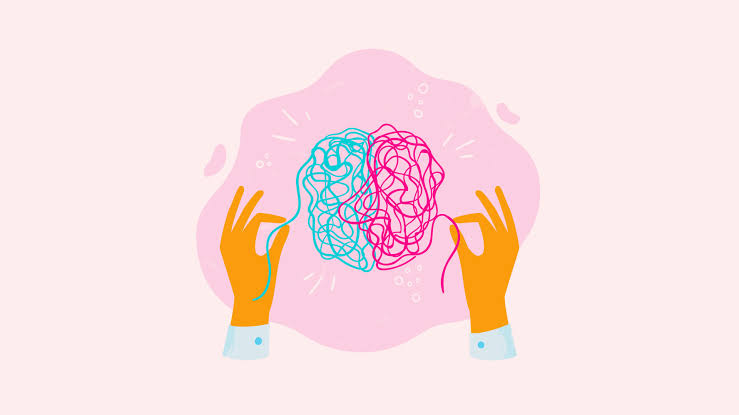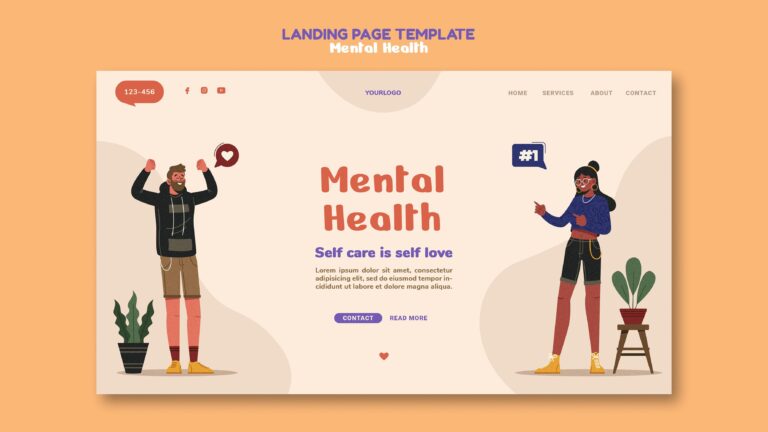Psychological analysis of positive affirmations, meditation and gratitude – Part 1
In recent times, the concepts of positive affirmations, meditation and gratitude are all over the place as mechanisms to restore and promote well-being. While a large audience is responding well and trying out these practices, there is another side to the coin of another segment of the population who strongly believes that these three powerful concepts are over hyped.

Whether you believe or contend with these concepts, you will gain more insight into the power of positive affirmations, meditation and gratitude. This article highlights the scientific justifications for these three concepts, after all, they say, “it only makes sense when it is objective and empirical Who knows, this article may improve your impression and attitude towards these concepts, which will make the “magical wand” work on you as well. Yes, you may think of positive affirmation, meditation and gratitude as magic wands, if you practise them correctly because they yield positive changes, just as a fairy tale mother would use her magic wand to break a spell and ameliorate an unpleasant situation. You will learn about positive affirmations in this write-up, and then you can read about gratitude and meditation in the subsequent posts.

Biological Bases of Positive Affirmation
What do these concepts even mean to begin with?
Positive Affirmation simply refers to the positive statement (s) that help to challenge and overcome one’s self-sabotaging and negative thoughts. When you repeat them often and believe in them, you can start to make positive changes in your beliefs and thought processes (Emerald, 2022).

Examples of Positive Affirmation include:
- I am being conscious in all I do.
- My life is filled with pleasant memories.
- I am earning millions of dollars each week.
- I am living a fulfilling life.
- I am achieving all my goals.
- I am proactive in all areas of my life.
- I attract of respectful and respectable social circle.
There are many positive affirmation statements but that is not what we are here for today. Meanwhile, the plan is to write only about three examples of Positive Affirmations, just to give you, the readers an insight into what positive affirmations are all about but ended up writing five affirmations more. What could have motivated such an impulse, and what could have supported the gratification of the impulse? The answer to that is exactly the insight you are getting at the moment. Once the brain is directed to do something it is used to or enjoys doing, it will effortlessly do so.

A study by (Christopher et al, 2016) revealed that there are underlying mechanisms similar to the reward system processes, that testify to the functionality of positive affirmations. When the positive statements are flowing through the mind i.e, either you are loudly saying them or simply thinking about them, so far your thoughts are formed around these positive statements, the thoughts stimulate the visual cortex, then are highlighted as pleasant stimulus (thought represented as image) in hippocampus based on the pre-existing schema, subsequently, this fosters the hypothalamus to stimulate the release of dopamine which is the feel-good hormone.
Next, Dopamine regulates motivation, compelling individuals to commence or persevere through an action related to the “vision” that is based on the affirmation. The vision in this context is the percept formed by the visual cortex as a result of the positive affirmations.
Therefore, positive affirmation statements work with the reward system in the brain. Once they are practised accordingly and correctly, they get to stimulate necessary receptors and consequently get to relate with the neural system to produce the target / desired positive effects.
Read: Psychological analysis of positive affirmations, meditation and gratitude – Part 2
Arogi Foundation
Arogi Trauma Care Foundation (ATCF) is like the silver lining in a dark cloud, making free counselling and therapy accessible to traumatised individuals, bringing healing to those who are hurting and helping people lift up burdens of pain, Read More>>







